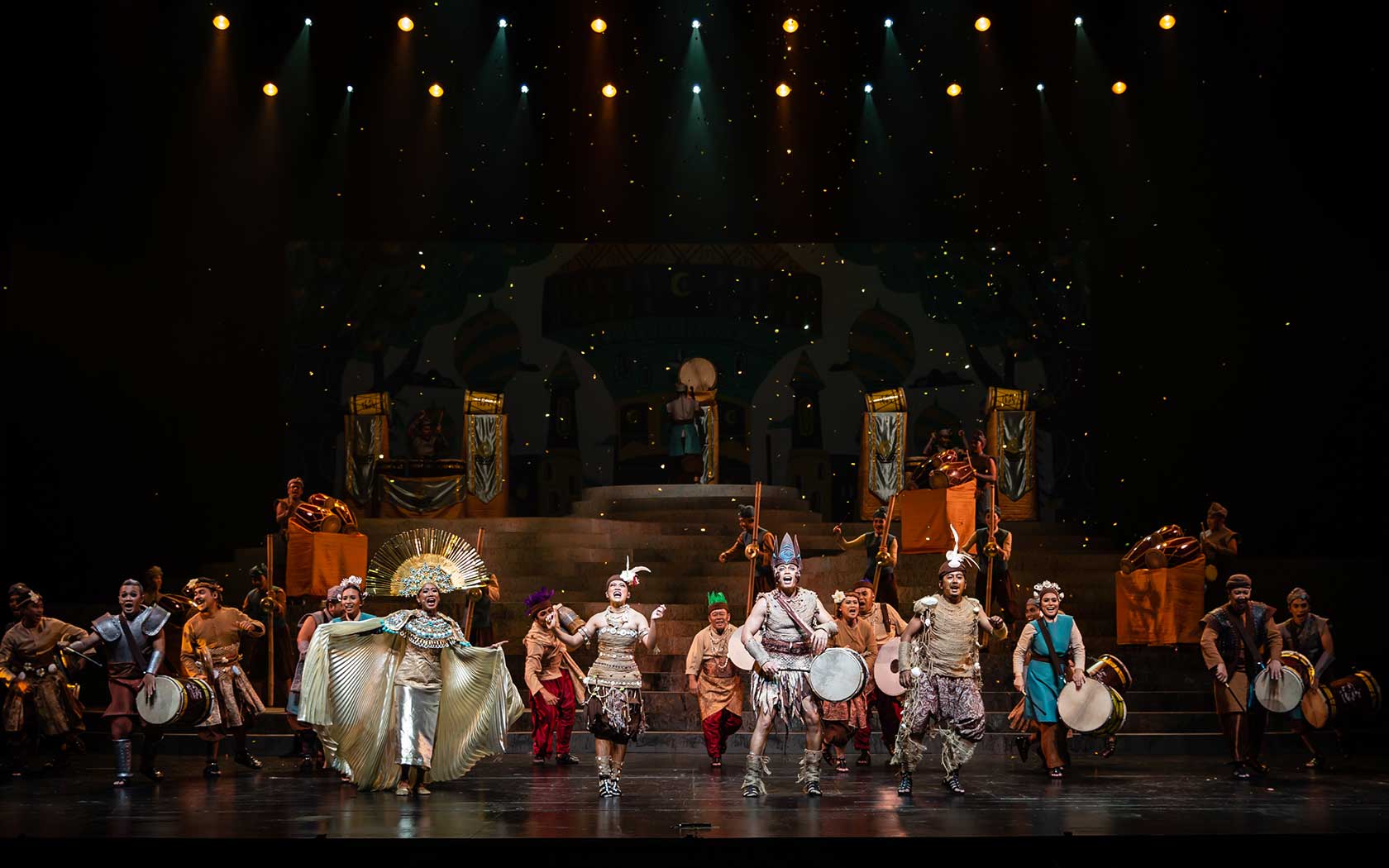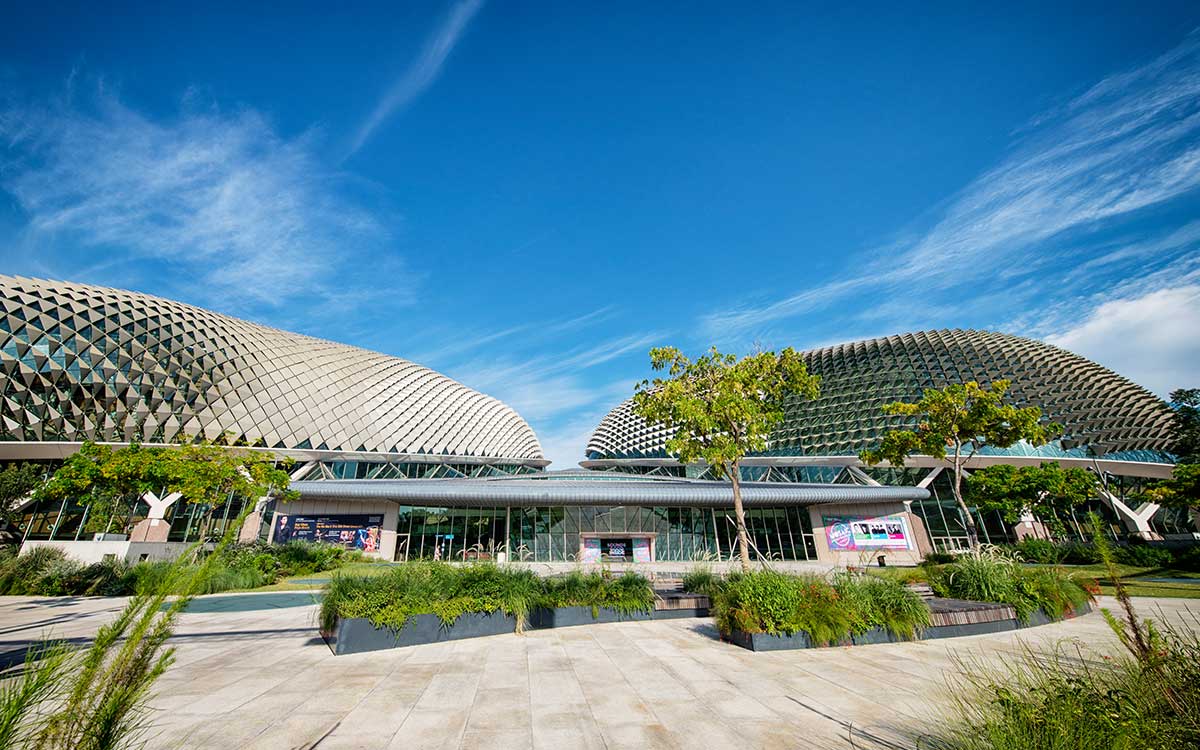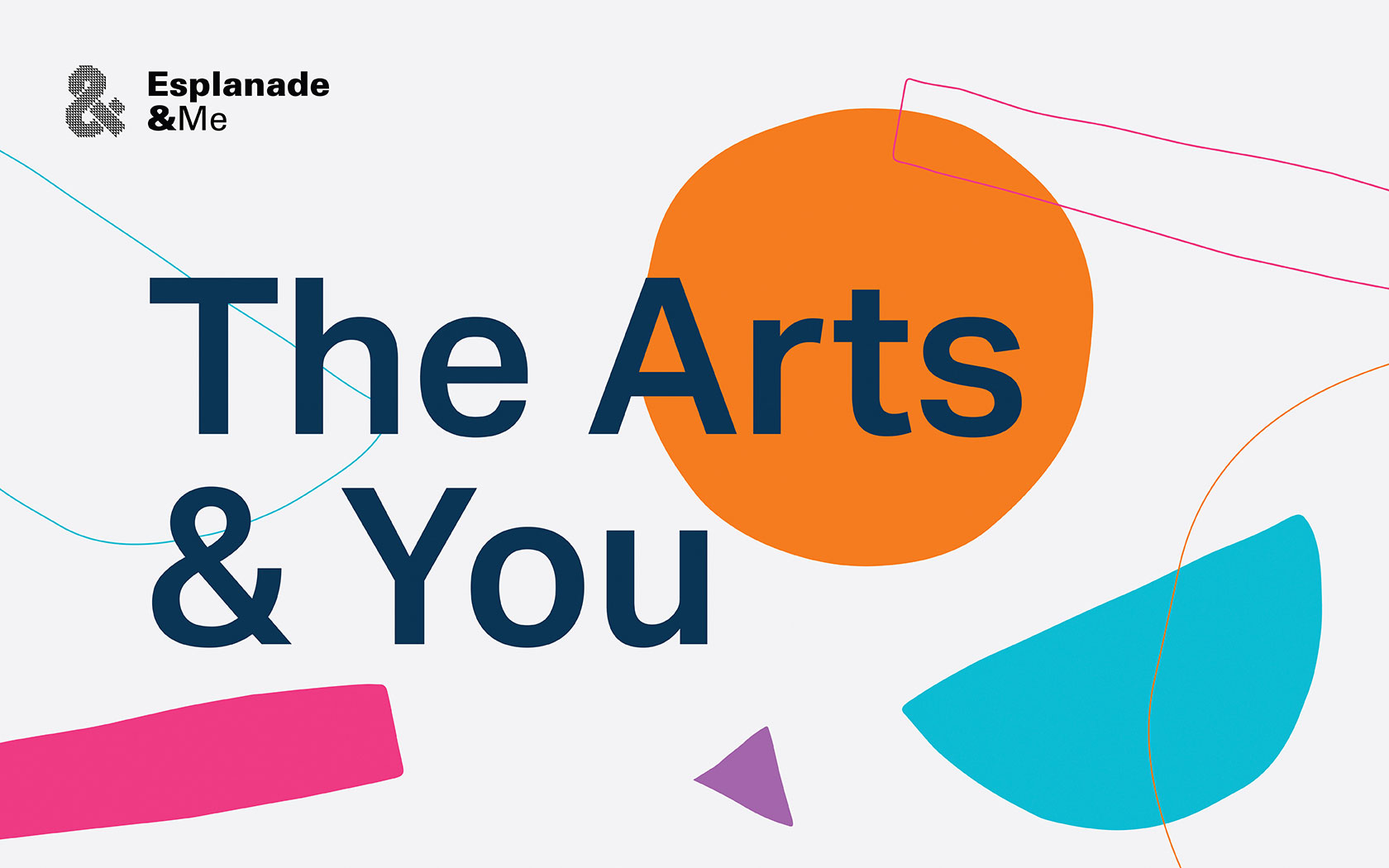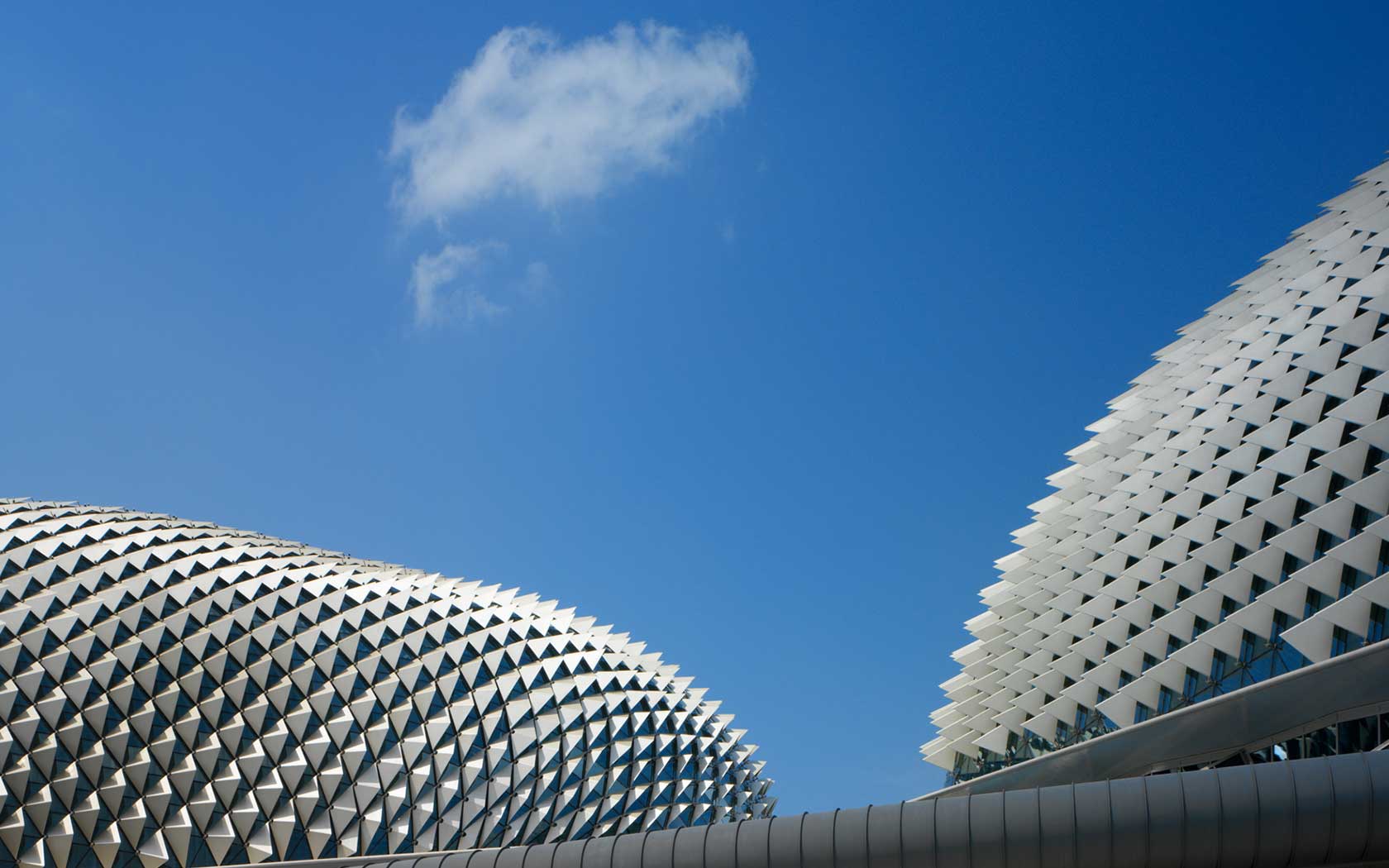We use cookies to improve your experience on our site. To find out more, read our data protection and cookie policy. By using our site, you agree to our use of cookies. Close to continue browsing.
Esplanade Presents
Taoist Processional Arts – Guardians of the Gods and Dance of the Qilin
14 Apr 2024, Sun, 7pm & 8.30pm
(Intermission: None)
Esplanade Courtyard
This event is over.
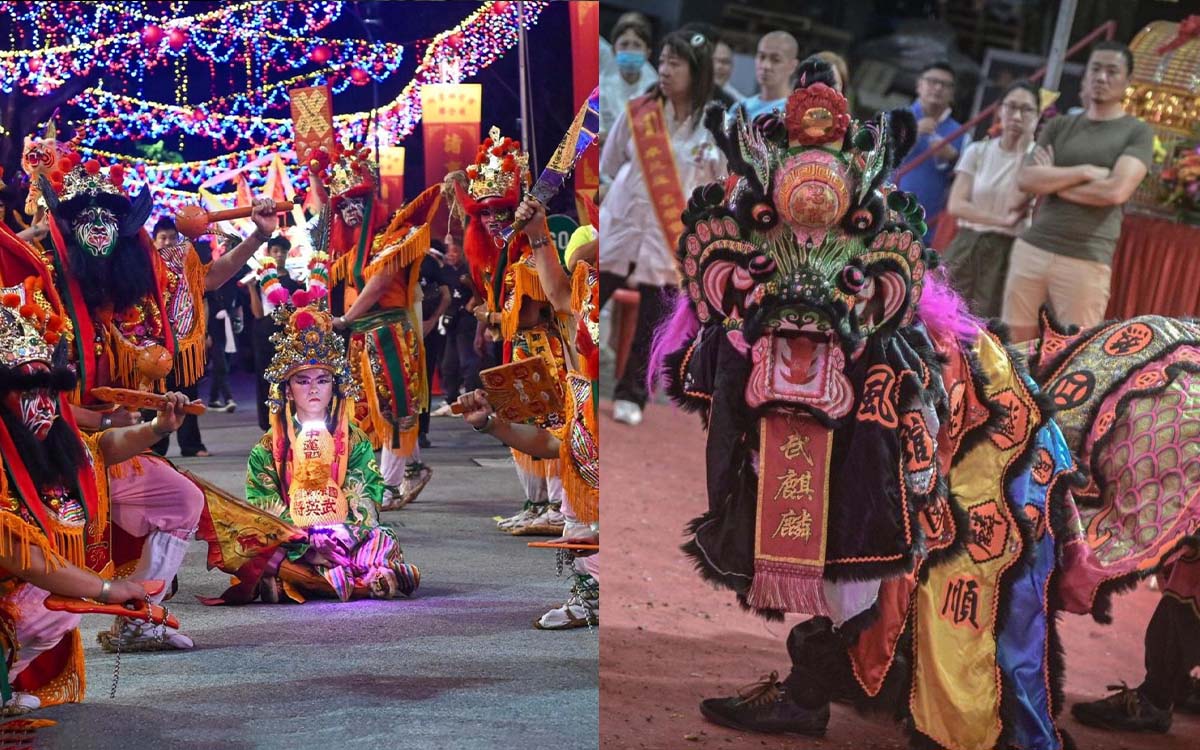
This event is over.
Vivid and colourful depictions of powerful deities, fierce torture-weapon wielding guardians or animated mythical creatures, are all recognisable traits of Taoist rituals. Steeped in tradition and yet running contrary to the religion’s philosophy of simplicity and material detachment, these Taoist processional traditions have endured centuries of change, and are still believed to usher in good fortune and protection for the community.
Taoism is the oldest indigenous Chinese religion still in practice today—in Singapore and around the world, said to have originated nearly 5,000 years ago by the deified sovereign Yellow Emperor (2,697–2,597 BCE). Its early practices drew from rituals and beliefs of prehistoric Chinese religions that included elements of shamanism and ancestral worship. It was not until 4-6 BCE that its philosophy and tenets were concretised by sages such as Laozi and Zhuangzi, who emphasised living in harmony with the natural ways of the universe.
To make the religion more relatable to the masses, local communities had evolved the practice of Taoism alongside folk culture, communal beliefs and conditions that varied across different localities. Many of these Taoist festivities are centered around temple gatherings (庙会), and involve processions where representations of the gods would be paraded around the district.
Although the religion’s most important texts had a simple yet profound philosophy, and promoted a detachment from worldliness, Taoist festivities are often very elaborate, loud and colourful occasions.
Guan Jiang Shou – Guardian-Generals of the Gods
In Taoist mythology, there are guards in the underworld who serve the nether deities. Many of them are depicted in guan jiang shou (chief vanguard officers, 官将首) and ba jiang tuan (eight generals, 八将团) performances, which are important features of traditional folk processions all over Taiwan as they serve to punish evil and reward good.
The main characters in guan jiang shou are underworld generals Zeng and Sun. It is believed that the generals can see through the good and bad in people and have different abilities: General Zeng, depicted with a red or blue face, has the power to prolong the life of do-gooders, while General Sun, who has a green face, can shorten the lifespan of evil-doers.
Although the name ba jiang tuan means eight generals, the performance features nine performers, one of whom carries a gourd or sword representing the Guiding Prince (引路童子). It is believed that the generals were all demons subdued by the City God (城隍爷), who eventually became his guards, to drive away or capture spirits. All eight generals are equipped with different tools of torture and are differentiated by the drawings on their faces. Together, the performers create formations with Taoist spiritual symbolism, such as ba gua (eight trigrams, 八卦), wu xing (five elements, 五行) and qi xing (seven stars of the Northern Dipper, 七星).
The Qilin – Mythical Beast
With the head of a dragon, a deer-shaped body covered with scales, the tail of an ox and four goat-like hooves, the qilin is a mythical beast that exudes a menacing aura and a commanding presence. Despite its somewhat aggressive appearance, it is believed to be an excellent judge of character, and is associated with righteousness, benevolence and virtue.
The Hakka qilin dance is a sacred ritual and a cultural heritage of the Hakka people—the fourth-largest Chinese dialect group in Singapore. Usually performed at celebratory or religious events, this dance ritual originated from prayers for bountiful harvests. The Chinese idiom 国泰民安, 风调雨顺 (peace in the country, favourable weather) is often sewn onto the body of the qilin costume or painted onto the bottom of its head frame.
The qilin performance comprises two dancers (much like the ubiquitous and auspicious Chinese lion dance), where the one in front controls the head, while the dancer behind acts as the torso. Driven by the percussive music, qilin dancers embody the expressiveness and vitality of the dance, involving gestures that depict surprise, strength, even suspicion, peppered with sudden bursts of movement where they leap high into the air and kick their hooves with vigour.
Today, the dance plays an important role in preserving the heritage and culture of the Hakka people in Singapore and abroad.
Zhong Lian Dian Folk Arts
Zhong Lian Dian Folk Arts (中莲殿官将首八将团) is the first troupe in Singapore that presents the Guan Jiang Shou (chief vanguard officers, 官将首) and Ba Jiang Tuan (eight generals, 八将团) performances. It is also the only local group that is recognised in Taiwan, from which these folk processions originated. The troupe practises the Taiwanese style of face-painting, and has continually perfected the art of Guan Jiang Shou with Chinese martial arts. The troupe has participated in festive celebrations across Singapore and Malaysia, and aims to promote and preserve Chinese traditional arts and culture.
Yan Wong Cultural Troupe Singapore
Founded in 2015, Yan Wong Cultural Troupe Singapore (恩隍文化团新加坡) is one of the first troupes that practices, performs and advocates the Hakka qilin dance in Singapore. Besides performing at popular local events like Chingay and Wan Qing Yuan’s (Sun Yat Sen Memorial Hall) lunar new year festivities, the troupe has also been invited to perform overseas, in Australia, China, Hong Kong, Indonesia, Malaysia and Taiwan.
Yan Wong Cultural Troupe represented Singapore at the 2017 International Hakka Unicorn Championship, and claimed the top honour of King of the Qilin Dance World (世界麒麟王).
14 Apr 2024, Sun
7pm
8.30pm
Become a member

Great arts experiences begin with Esplanade&Me. Join this membership to enjoy ticket specials on shows at Esplanade, early bird specials, promotions at Esplanade Mall, unlimited access to Offstage and more.

Never miss a show again. Get on our mailing list.
- Taoist Processional Arts – Guardians of the Gods and Dance of the Qilin

